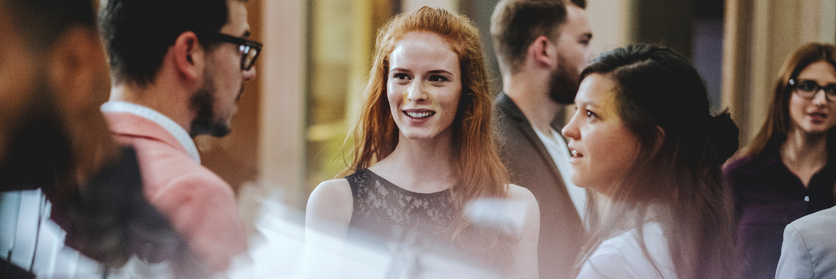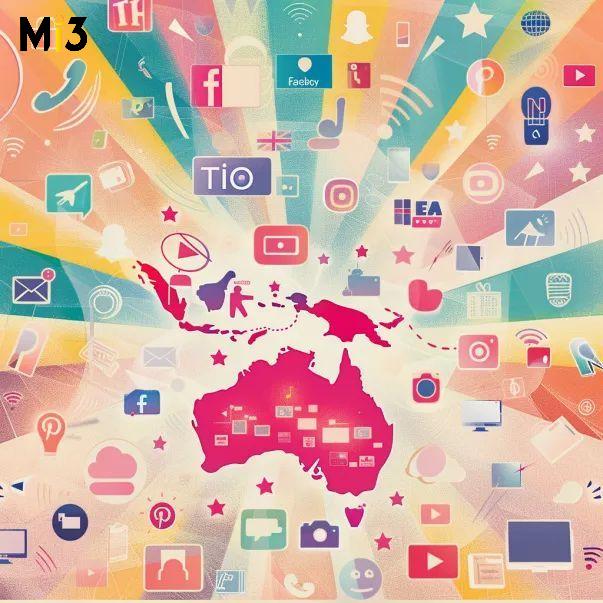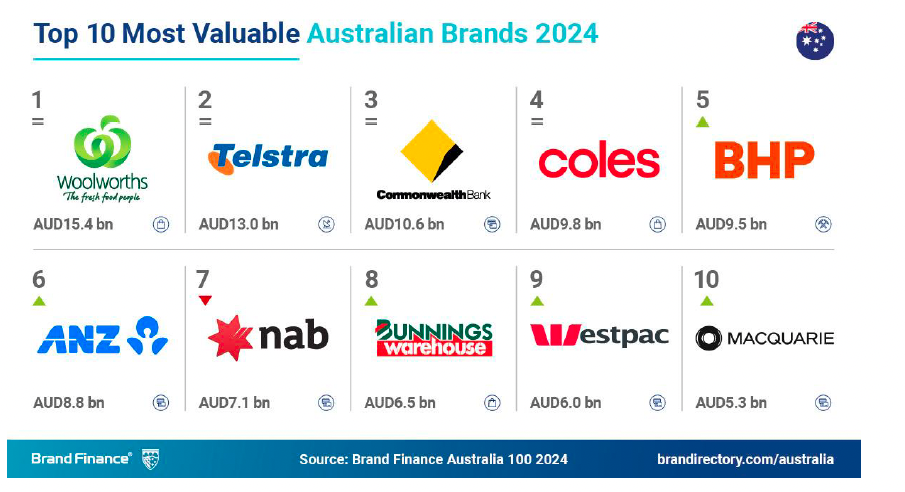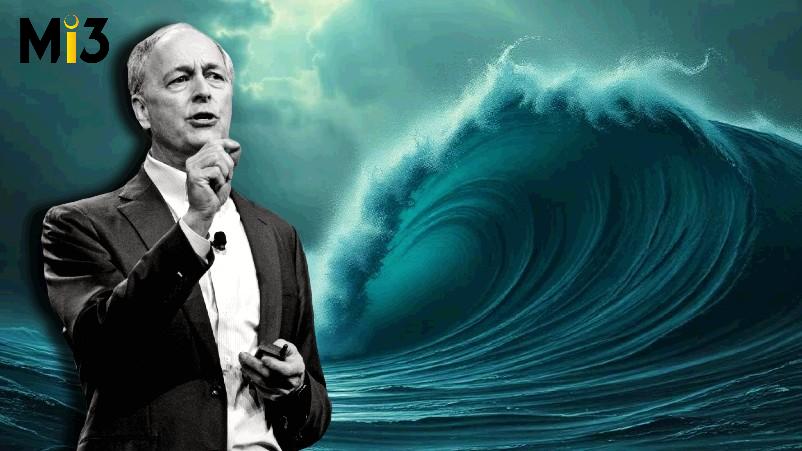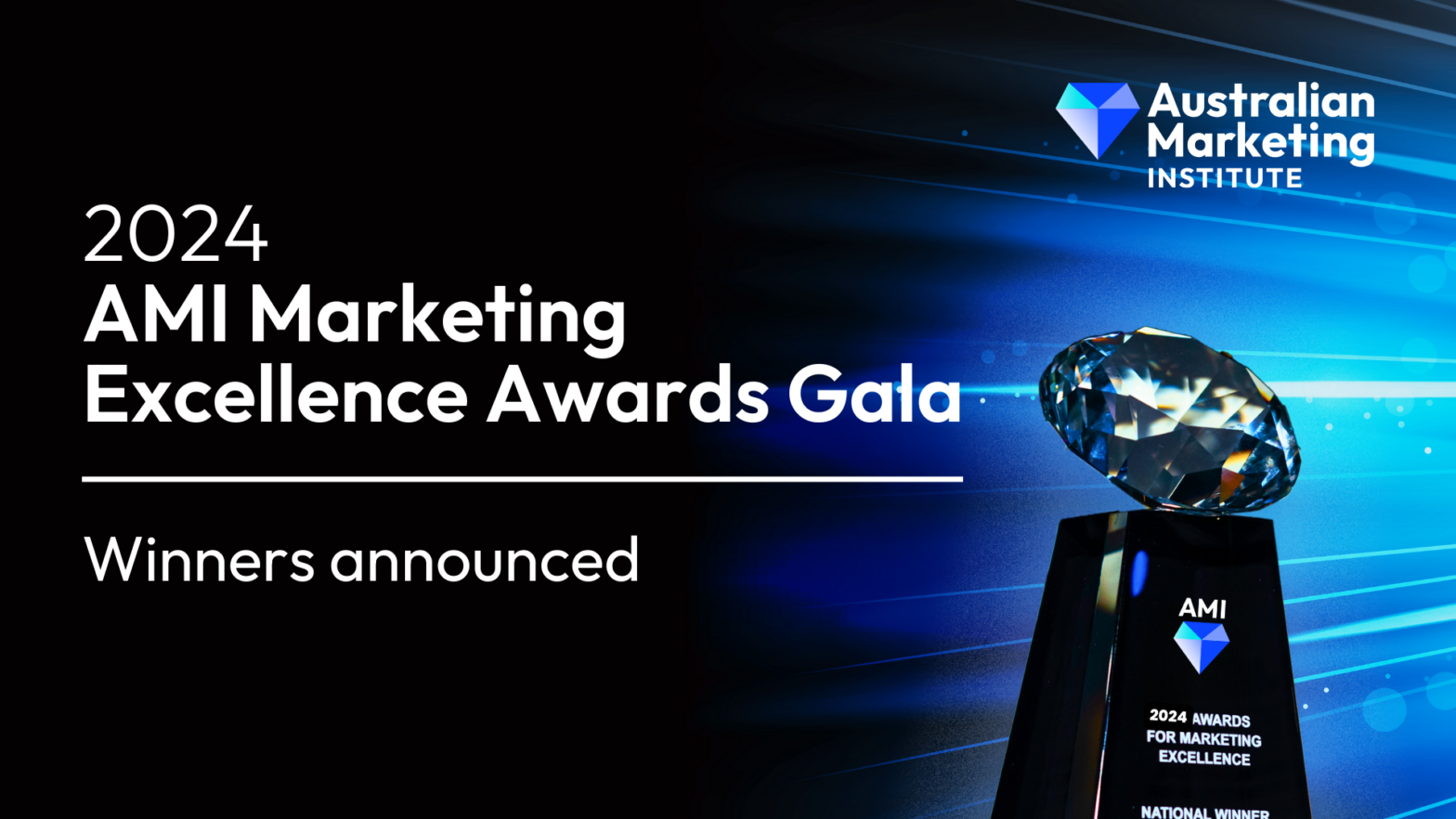Bye bye Flybuys: Ampol’s Z Energy ditches third party loyalty for own platform – gains data, maintains sales, sees customer acquisition surge
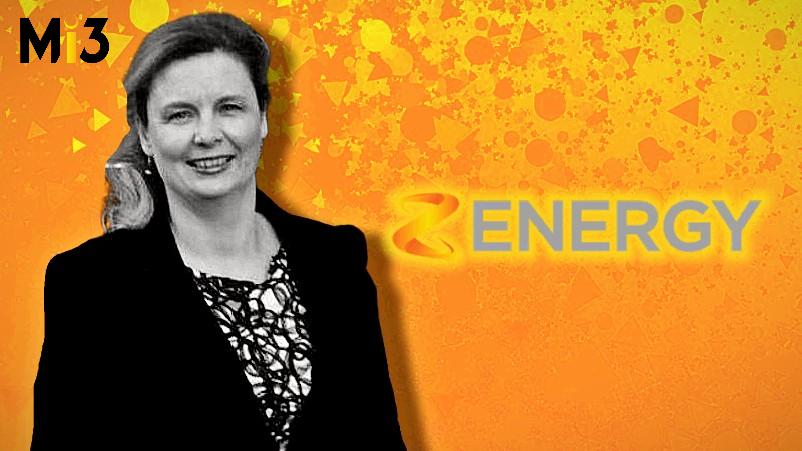
What you need to know
- A bold move to shift beyond New Zealand’s two biggest loyalty points schemes has paid off, with Z Energy’s customer numbers jumping 30 per cent and fuel volumes holding steady within three months of launch.
- Customer data is now owned, not rented and Z Energy’s new platform gives it full control over first-party data enabling upsell, cross-sell and personalised engagement.
- The loyalty platform was built in under a year using Eagle Eye, and integrating into a stack that includes Salesforce, Invenco, and Rush Digital.
- Strict architectural discipline was the key to speed zero with configuration preferred over customisations, and tight stakeholder governance.
- Real-time, criteria-based offers are served via a virtual wallet in-app. Marketers can create and update offers themselves without dev involvement, boosting agility.
- Retail scan rates soared from 3 per cent to about 25 per cent. Whereas 2-3 per cent of transactions previously linked to loyalty, post-launch, more than 1 in 4 now scan, unlocking value across categories.
- Contrary to typical new platform rollouts, Z Energy saw improved customer satisfaction at launch, thanks to a focus on UX simplicity and strong frontline engagement.
- The firm plans to link EV behaviour with retail offers, further integrating its platform across the full customer journey.
Previously, we were hidden behind Flybuys and Airpoints. Customers would use those cards to access fuel discounts, but we had no direct relationship. Now, we’re in control of that entire experience.
Bye bye Flybuys
New Zealand energy retailer Z Energy’s loyalty revamp is already delivering, with fuel and food scan rates jumping from a dismal 2 per cent to over 20 per cent, app downloads soaring past 346,000, and customer calls about the program to the contact centre vanishingly small – just 0.017 per cent of inbound queries.
While the full commercial picture is still forming, early signals suggest Z’s high-stakes loyalty rebuild is shifting customer behaviour. NPS spiked from launch day, and the company has held the line on revenue despite the risk of an initial decline, Plus new loyalty signups are surging – growing the customer base, and keeping them coming.
Z Energy purchased Shell’s downstream assets and rebranded the entire network to clearly position it as a New Zealand-owned company for the New Zealand market.
Over the past decade, it has consistently been ranked among the top one or two most trusted brands in the country says Bronwyn Barberel, Z Energy’s head of loyalty and the executive in the hotseat for the firms root and branch program and systems overhaul. “We also acquired the Caltex brand, so we now operate both the Caltex and Z Energy networks here.”
And while the previous approach using Flybuys aligned to petrol sales, it ignored the other key reason its outlets are so popular – in shorthand terms, coffee and pies.
“We do a lot of food-on-the-go, anything that fits in your hand and can be eaten in the car. I’d like to say we’re world-renowned in New Zealand for our pies, they’re iconic. We’ve had some great, fun campaigns around them, like Pie of the Month, and people really get into it. But we also offer grocery essentials, those top-up items you grab on the way home.”
And unlike Australian’s petrol outlets that lean into a cheap brew from a machine, one of Z Energy’s big drawcards for its customers is barista-made coffee says Barberel. “It’s genuinely great coffee. We’ve got trained baristas on site, and customers can pre-order through the same app they use for things like Sharetank, which lets’s customers pre-purchase up to 1,000 litres of fuel at that day’s prices, and share it across up to five people.
“Around 25 per cent of our coffee customers are ordering ahead before they even arrive. We offer the full shebang.”
“From a loyalty perspective, we ran a fuel discounting program with Caltex NZ called Pumped. It was primarily focused on fuel discounts, but it had some clever features, like letting you stack your discounts to use later, so you could build up a bigger saving over time. It’s a similar concept to Sharetank, where you defer your reward and get a bigger win down the track.”
But the company made a conscious decision to broaden its appeal and that meant it needed something that connected across all its products and services.
“We were hidden behind Flybuys and Airpoints, so our customers could use Flybuys card or an Airpoints Card to get to the fuel discount, whereas now we were in control of all of that.”
First-party data was a big part of that decision, she tells Mi3. “Owning the data means we can speak directly to our customers, cross-sell more effectively, lift basket size, and drive that extra stretch in spend.”
Barberal describes it as having the ability to stretch, to cross-sell and up-sell, because it owns the entire experience. “And it’s not a separate app for each thing; it’s fully integrated. With one app, you can pay for your fuel, pre-order your coffee, grab a pie, and see all your transactions in one place.”
When the app went live in March, after nine months of development, the impact was immediate.
“We actually saw an uplift in customer satisfaction and our app score as soon as we went live with the program. When you put out something new, you don’t expect to have an uplift [right away]. Usually, when you roll out something new, you expect a few bumps in the experience, not an immediate lift.”
Building the app
“We were very clear that we want a simple, generous offer for our customers, something that didn’t disrupt the flow [in store], but actually added value to it. And something that gave our staff a chance to say thank you and have a real moment of connection. And in a fast-paced, transactional world, moments like that are a gem. That’s what we designed for.”
While the new customer experience is seen as easy and seamless now, such simplicity necessitates managing a lot of system complexity behind the scenes.
“We looked a lot of different options, including whether to build something bespoke, use existing suppliers, or look at what offer orchestration tools were out there. Our tech stack already included Salesforce, Invenco, which powers our outdoor payment terminals, and Rush Digital who are our app designers and developers.”
The team assessed what they could do using existing providers, and also looked externally, eventually settling on Eagle Eye.
“We really put our partners through their paces, asking what we might want to do in the future, where we might head, and how far we could stretch the platform. Could it move this way or that? We’ve been very deliberate in making sure the solution can flex with us over time.”
Internally, the team also adopted a strict keep-it-simple approach, choosing to configure rather than customise. It was a conscious strategy that proved challenging to maintain, given the natural urge to customise according to Barberel. But in the end, she said Eagle Eye’s existing capabilities met all their needs, and it was decided that it would be the platform on which the loyalty program would rest, even if there were occasional temptations to fudge around it.
“That’s one of the things that’s been really fascinating about leading this. It’s so easy to get distracted by options that seem quicker or cheaper in the short term. But in the long run, they’re just not the right play.”
The end result is that the new loyalty platform delivers the offer orchestration, populates and manages the customer’s loyalty wallet, while Salesforce’s marketing cloud and CDP deliver the marketing activations.
“The app has become more like the wallpaper, and that’s been a big shift for us. Previously, all the heavy lifting and decision-making lived inside the app. Now, we’ve taken that out and put it into a tool that’s actually built for that kind of orchestration.”
Marketing in control
The new setup has significantly shifted control to the marketing team, allowing them to create and launch offers without relying on developers. The interface is designed with marketers in mind, making it easy for them to make updates directly. That said, the technical team remained closely involved during the early stages to ensure everything ran smoothly.
Barberel attributes the relatively quick delivery to the maturity of Z Energy’s ecosystem.
“We already had a strong digital ecosystem in place with Salesforce, our point-of-sale tech, and our outdoor payment systems. We knew how all of that worked. It was the integration piece that took time, that’s the part that really required the effort.”
The next phase of the project is about getting runs on the board, building momentum, and moving fast, she says. “One of the biggest shifts for us was stepping away from the Airpoints and Flybuys cards.”
Per Barberel, maintaining fuel volume was the top priority, given it accounted for a large portion of the business, and that KPI can be ticked off. With that goal met, the focus is now shifting to how they can increase cross-sell and upsell opportunities.
The initial revenue objective was to maintain existing levels, and that target has been met. At the same time, the goal was to increase both the volume of customer data and the overall customer base. Not only have they held steady on volume, but they've also surpassed expectations by growing their customer numbers beyond previous levels.
Stakeholder engagement
A skim of the key stakeholder list confirms just how central the program is to the company. The core group of stakeholders included the general manager of customer, Andy Baird; the general manager of technology, Vance Anderson; and Mandy Simpson, who was the Chief Digital Officer at the time and now leads strategy delivery and innovation; and, of course, CEO Lindis Jones.
During the first two weeks of launch, nearly all senior leaders, not just the executive team, but much of the head office staff, were present on site. Their involvement had a significant impact, signalling to frontline staff just how important the initiative was to the company says Barberel.
“I had people walking past my desk asking, ‘How’s it going today?’ because they were on site for those first few days and wanted to stay close to it. That kind of engagement across the business has been incredible. It really became a rallying cry. This is probably the biggest thing we’ve done since first launching Flybuys over 20 years ago.”
At the other end of the scale, customers played a key role in shaping the customer experience, with multiple rounds of user testing conducted to gather feedback. On the app side, smaller tests were run with each iteration to ensure the user experience remained simple and intuitive, said Barberel.
Business metrics
“One of our key metrics was simply getting to completion. We’ve set clear goals to reach a fully built product, and once we’re there, we’ll shift into iteration mode. But first, it’s about delivering that complete experience.”
Another key metric is penetration across both fuel sales and food and drink.
Previously scan rates (where customers actually pull out and use the card) were sitting at just two or three, now they are over 20 per cent she said.
“The initial revenue objective was to maintain existing levels, and that target has been met. At the same time, the goal was to increase both the volume of customer data and the overall customer base. Not only have they held steady on volume, but they’ve also surpassed expectations by growing their customer numbers beyond previous levels.”
The Net Promoter Score (NPS) jumped immediately. “In hindsight, that probably should’ve been expected, because we put a lot of effort into making the user experience simple and intuitive. But we were really pleased. And just 0.017 per cent of our total customer base ended up calling the contact centre — that’s incredibly low.”
“Our first point of call was to have resolution on site. That wasn’t originally built in, but we created new ways to make it happen. The goal was to quickly defuse any issues and convert those moments into positive experiences.”
Z Energy now has 346,000 customers on its app, which she describes as a significant increase. “Even more pleasing is that 30 per cent of those are new since go-live. We’re not only attracting new customers, but also seeing previously lapsed customers come back”
As to the all important share of wallet metrics, Barberel says its too soon to judge – but doesn’t expect to have to wait too long. “We will have a very clear picture within six months.”
She has her eyes on the pies. And the coffee.

